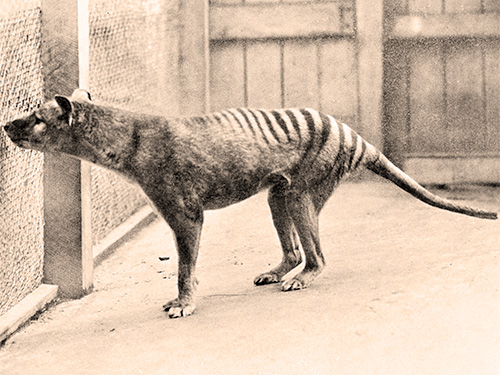Threatened species day: 7 September 2019
Australia is known for a number of things some of which are unique to this island continent. Other than cuddly koalas, there are a whole bunch of other strange, oddball and downright freakish wildlife that call this country home and that are found nowhere else on the planet. But sadly, many of these species are critically endangered, threatened or otherwise vulnerable. And of the many causes for this dire situation, there is perhaps one that has been overlooked: the world’s hunger for termite-hollowed didgeridoos.
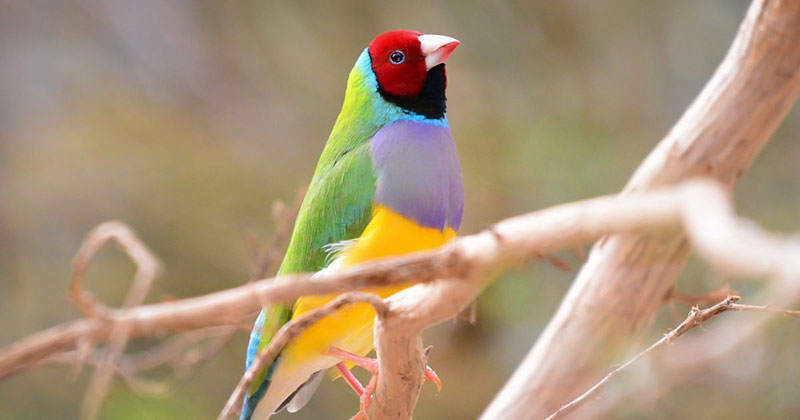
A Gouldian Finch which nests almost exclusively in tree hollows.
Could it be a cruel irony that one powerful icon of Australia – that at once conjures up warm fuzzy feelings relating to our Indigenous countrymen and “the voice of Mother Earth” – is leading to the demise of others?
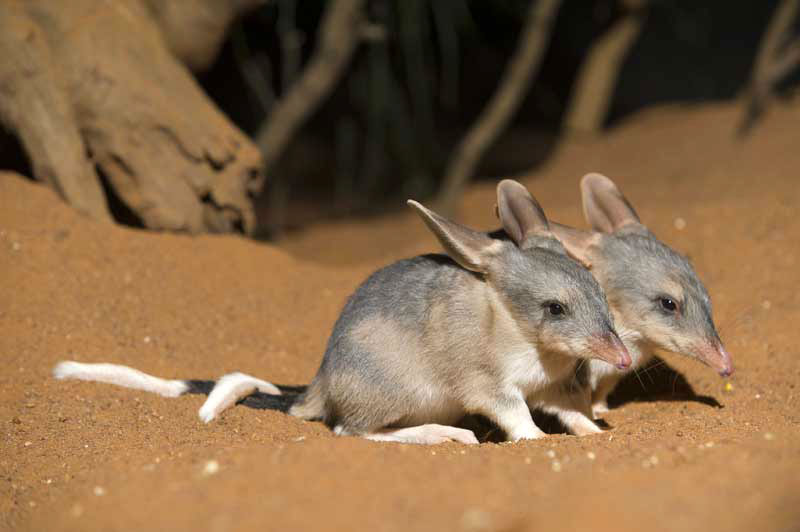
The Greater Bilby is endangered due to habitat loss.
Today is Threatened Species Day, a day that has been marked on our national calendar since 1996. That year was the 60th anniversary of the death of the last known Tasmanian tiger which died in captivity in 1936 in Hobart Zoo.
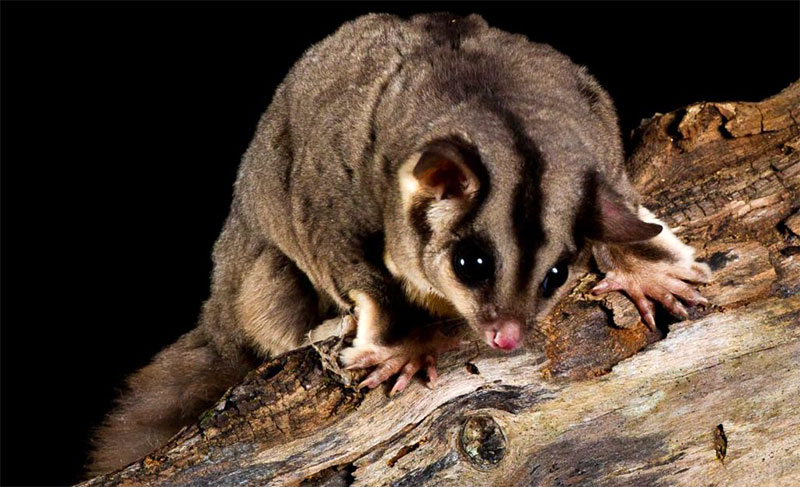
The Leadbeater’s possum is Victoria’s state faunal emblem, it is critically endangered.
If that fact is but a distant memory, here are some numbers that will surely jolt us out of our complacency. Since European settlement, around 10% of our 273 endemic terrestrial mammals, and more than 100 animal and plant species, have become extinct. For comparison, North America has only had one terrestrial mammal species go extinct since its European settlement. Australia is the fourth worst offender in the world when it comes to animal extinctions.

The Western Swamp Tortoise is nearly extinct, existing in fragmented populations.
Here are some other numbers to bring things into perspective. 17% of our bird species, 42% of our mammals and 28% of our reptiles require tree hollows for their survival.
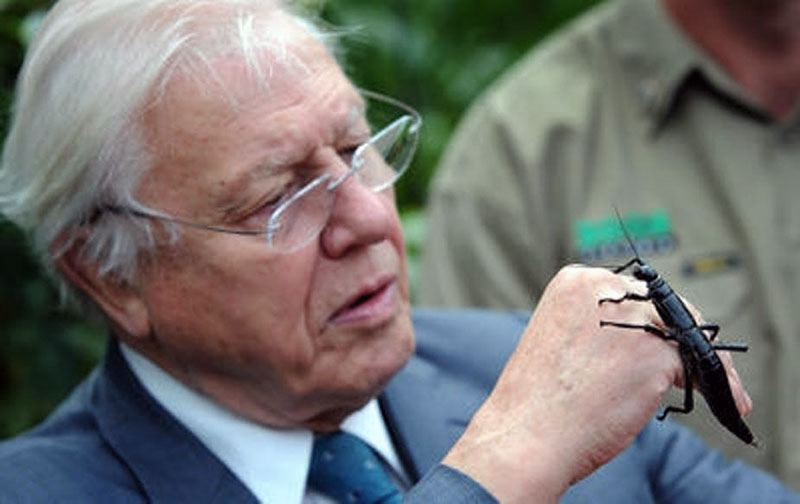
Sir David Attenborough with a Lord Howe Island Stick Insect, once considered extinct but rediscovered in 2001, now bred in captivity by Zoos Victoria.
Tree hollows don’t form overnight. According to one estimate, it takes around 100 years for small hollows with narrow entrances to form that are suitable for small animals such as the Brush-tailed Phascogale and the Eastern Pygmy Possum. For medium-sized hollows that are suited to parrots, cockatoos and masked owls it takes 200 years or more.
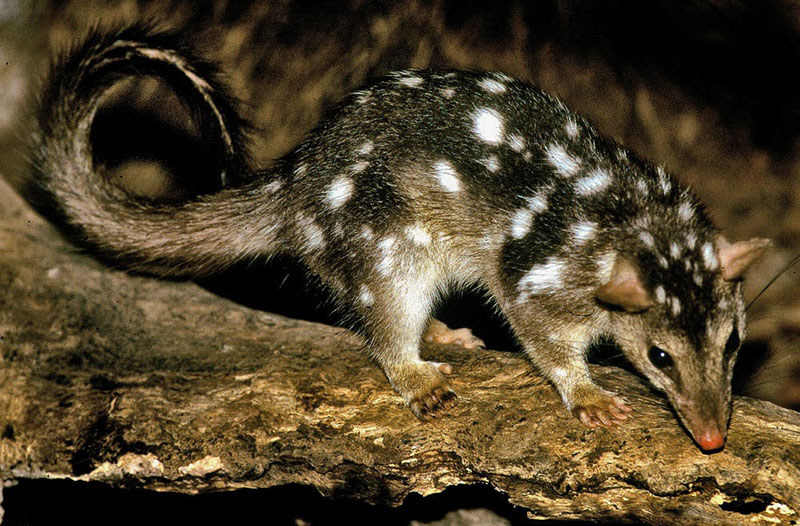
The Northern Quoll is found in the Top End of Australia in isolated pockets.
There are those who say that in our huge expanse of outback there are plenty of trees and plenty of hollows, enough to go around to keep everyone happy. That may be the case in some areas, for example, the vast open stringybark forests of northern Australia where many of the termite-hollowed didgeridoos are harvested. But even the Northern Territory is not immune to extinctions despite its remoteness and the fact that 47% of it is Aboriginal-owned freehold title under the Aboriginal Land Rights (NT) Act 1976.
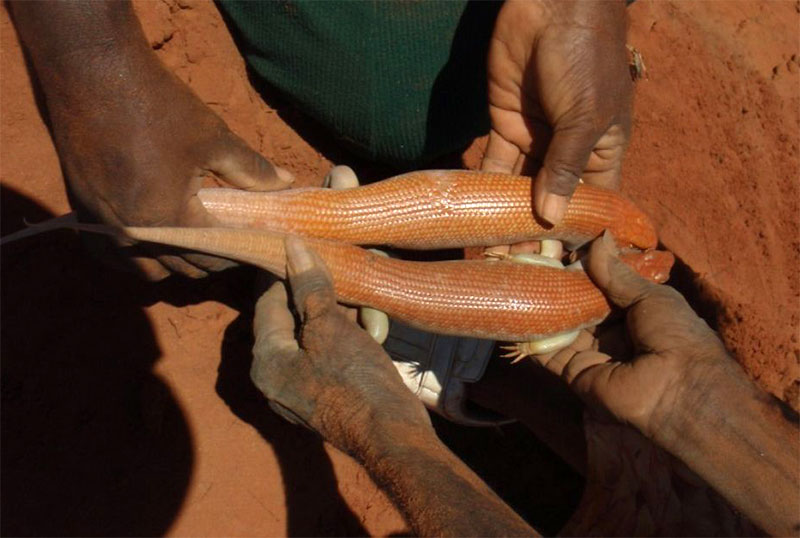
A pair of Great Desert Skinks – a vulnerable species, cared for by traditional owners and Aboriginal rangers.
According to the NT government, there are 140 threatened species of amphibian, bird, reptile, mammal and invertebrate in the Territory and of these 19 are extinct. Gone forever never to be seen again.
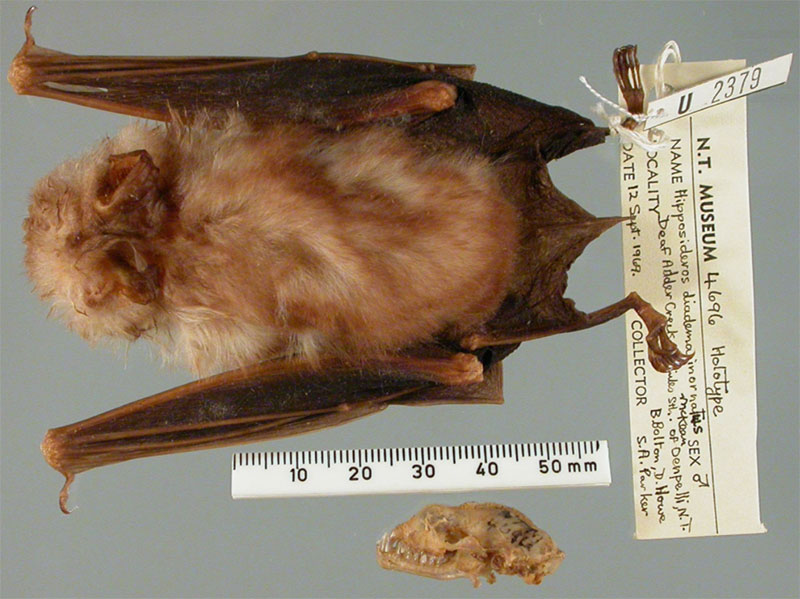
A preserved museum specimen of the Arnhem Leaf-nosed Bat, there are few documented sightings of it. So much is not known about our native wildlife and we could be losing species daily that science has not yet described.
The argument that trees regrow and can be sustainably harvested for didgeridoo-making is a fair one. But in the absence of baseline data we just don’t know what is sustainable and what is not.
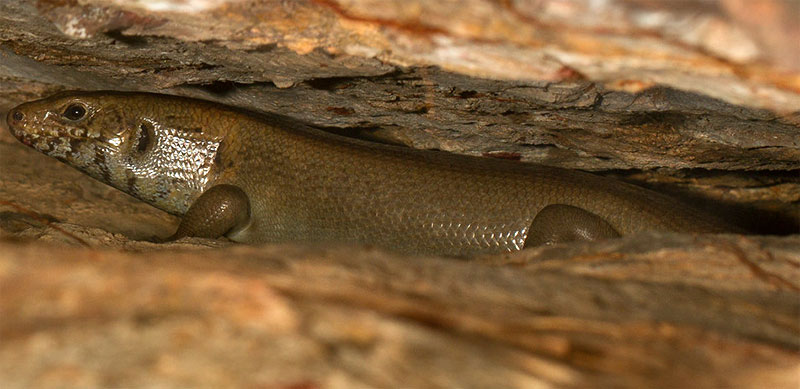
The Arnhem Land Skink is endangered and little is known about it.
The now extinct passenger pigeon of North America was once plentiful numbering in the billions, flocks would be of such enormous size that they would block the sun and darken the sky. The notion that the species could be driven to extinction was alien to the early colonists because the number of birds did not appear to diminish even with widespread hunting but before the turn of the 20th century the species was lost forever, going from billions to zero in a few decades.
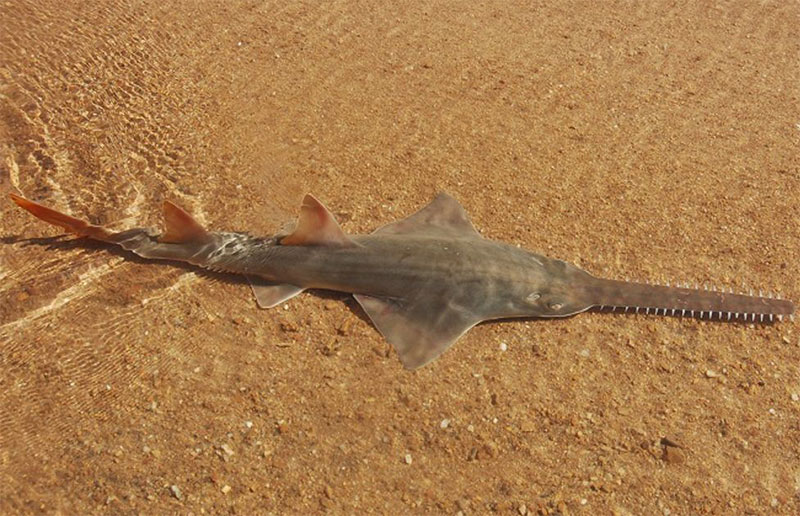
The Freshwater Sawfish as its name implies is not a coastal, saltwater species but a freshwater one and designated as vulnerable. In the great inter-connected circle of life, there is a flow-on effect of one species onto another and what has an impact on a terrestrial plant may affect a marine or subterranean organism.
In a similar vein, our oil reserves (and other fossil fuel deposits) are not infinite nor does our atmosphere stretch to infinity. There is only so much carbon dioxide and other greenhouse gases that we can pump into the atmosphere before we see repercussions for our actions.
Trees are a finite resource too and hollows even more so. Recent investigative journalism has rightly publicised the sham of didgeridoo manufacturing in overseas places where product is shipped to Australia and then sold as the genuine article and Aboriginal-made. With greater scrutiny of the didgeridoo industry and with greater awareness among consumers, the pressure on our natural resources and the knock-on effects on Australia’s threatened species cannot be underestimated.
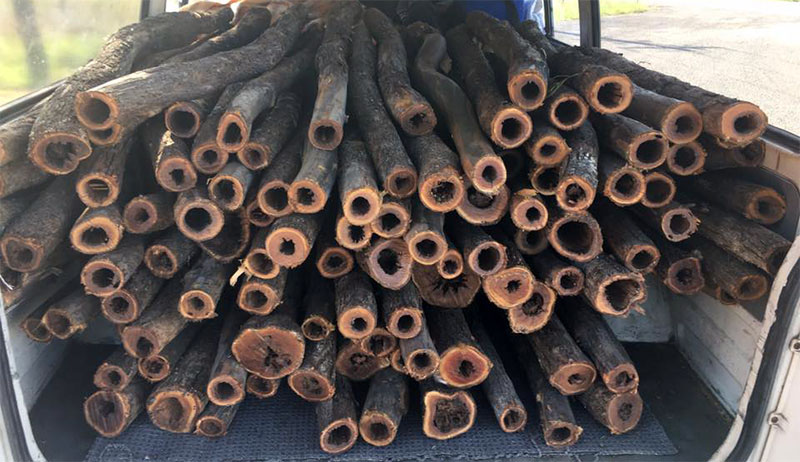
Harvested termite-hollowed eucalyptus stems in the back of a truck. Would photos like this go the way of pics of the African safari trophy hunt?
For each and every hollowed tree trunk, stem or branch that is cut down for didgeridoo-making is one less nesting site for our threatened wildlife. Unless a replacement tree is somehow magically created immediately, taking even just one tree is not sustainable knowing that it takes a century or more for a suitable hollow to form. That community groups and government agencies all over the country are producing nesting boxes for our furry and feathered friends demonstrates that there is a deficit of natural hollows not an excess.
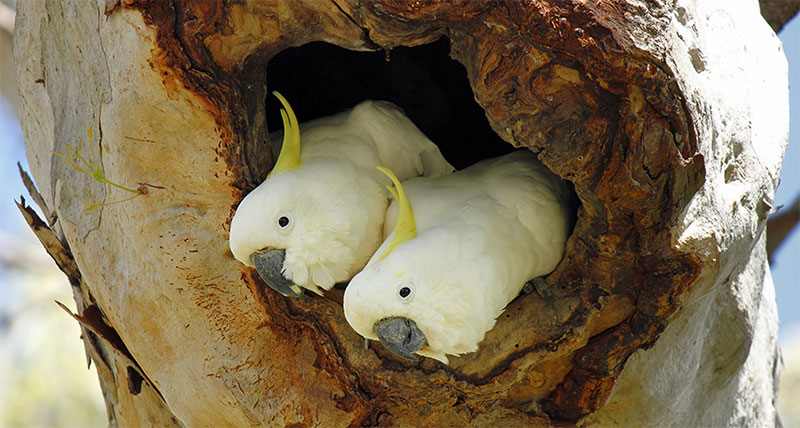
A nesting pair of Sulfur-crested Cockatoos in a tree hollow. A hollow such as this can take 200 years or more to form. Cutting down a young sapling that is termite-hollowed means that it never gets the chance to grow into an old tree that could be a potential nesting site for any one of Australia’s threatened species.
Should the Australian government ban the cutting down of termite-hollowed trees for making didgeridoos even by our Indigenous artisans? What are some alternative materials that can be used for making didgeridoos? How effective is the licencing system that some states have trialled in order to regulate the didgeridoo industry? What percentage of instruments in the marketplace have been poached, stolen from public and private lands without authorisation and in wanton and undocumented acts of destruction? These are conversations we need to have if we care about what is unique and special about Australia.
Further reading:
https://en.wikipedia.org/wiki/Threatened_fauna_of_Australia
https://nt.gov.au/environment/animals/threatened-animals
https://en.wikipedia.org/wiki/List_of_extinct_animals_of_Australia
https://www.environment.gov.au/resource/time-act-threatened-species-day-fact-sheet
https://www.wires.org.au/wildlife-info/wildlife-education/tree-hollows-for-wildlife
https://www.wilderness.org.au/news-events/why-is-it-vital-that-we-preserve-hollow-bearing-trees

